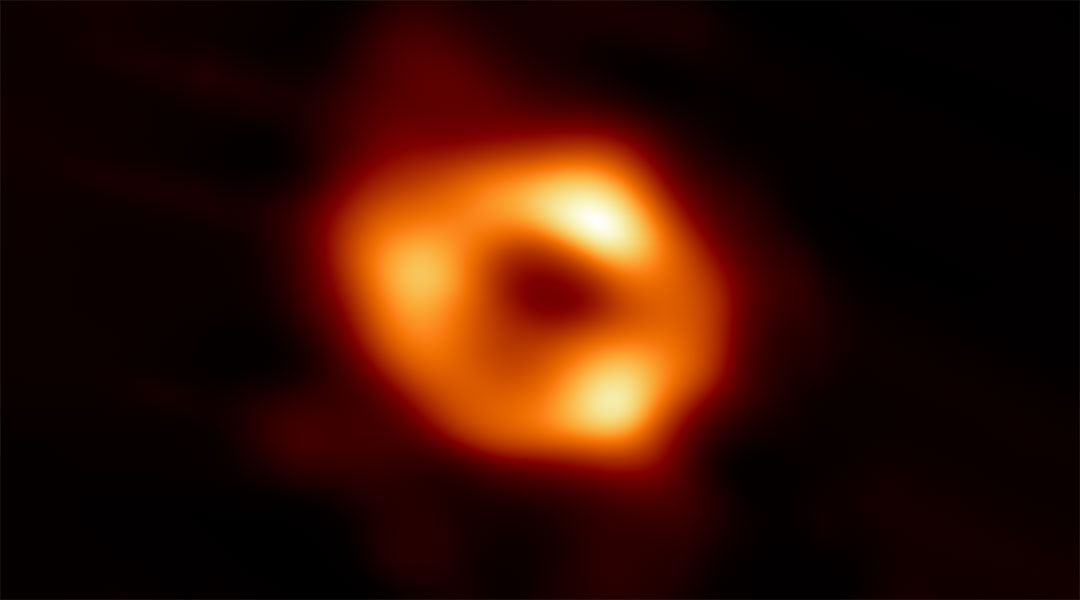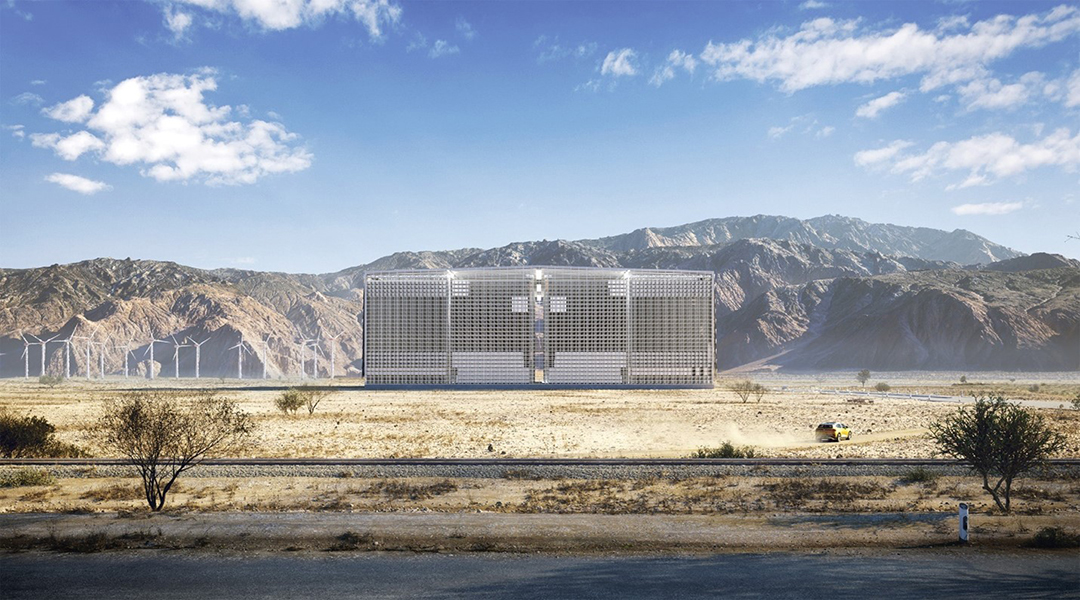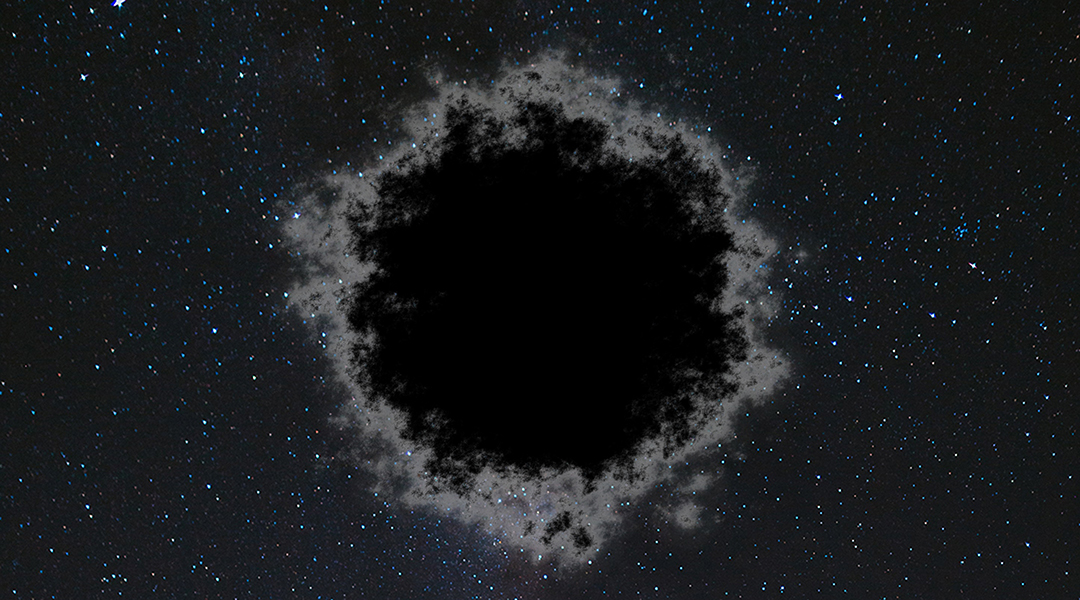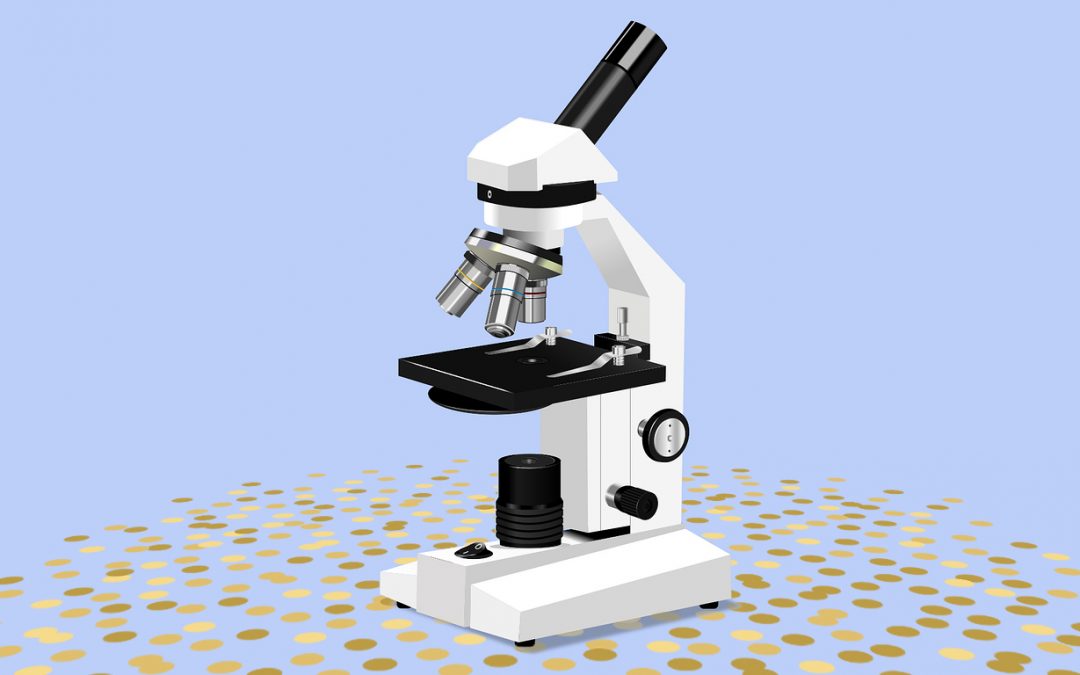Imaging a black hole is not an easy thing, it takes years of experiments, collaborations, grants, planning, and no small amount of luck.


Imaging a black hole is not an easy thing, it takes years of experiments, collaborations, grants, planning, and no small amount of luck.

For many, the Paris Agreement was a breakthrough, yet its focus on cooperation and joint action is not enough to tackle the climate crisis.

How big vats of sand could be a key to a sustainable future.

An AI made from plasma learns to play tic-tac-toe using varying and controllable mixtures of gases, in a major step forward.

To power next generation chip based medical implants, power sources need to be miniscule and perpetual.

Climate models backed by pollen records validate a spike in global temperatures that took place 6000-9000 years ago.

An innovative new gravity storage system with an “elevator” style building design is a viable solution to global grid-scale energy storage.

We need a means of reducing carbon emissions and tackling the climate crisis, but is painting nuclear energy and natural gas as “sustainable” the way forward?

Scientists have turned to string theory to better understand black holes, proposing they can be modeled as “fuzzballs” made up of interacting strings.

Catch up on some of the most exciting and impactful developments in science from this year, published on ASN and selected by our editors.